|
(All punctuation in this post are double spaced for safety.) This design was taken from a Twitter post, a guy who's wife is a physician came up with the cotton mask design. Filter media is my idea. The store shelves are empty, no N95 masks to be found. How effective are cloth alternatives, and where might I find N95 equivalent fabric to make my own mask? Scroll down for the tutorial on how to make a mask or read on for more background info on air filters vs. viruses. N95 has become a household name. What does it mean? The "N" stands for "Not rated for oily particles", and NIOSH gives a 95% rating for arresting particulate aerosols. At the end of this post is a list of links that provide much more data from studies on this. What is N95 fabric made from? It's a non-woven polypropylene fabric made with specialized machines using a technology called melt blowing. The price has surged with the recent increase in demand. This link gives far more detail on N95 fabric vs. cotton for arresting particulate aerosols. Cotton and other common woven cloths--even when layered--are at best only 15-30% effective at blocking the virus particles. 3M makes a house air filter under the "Filtrete" brand that is composed entirely of non-woven polypropylene fabric. Varying grades are available, although the 2800 grade was harder to find, and not available in any stores that I found. I looked closely at two different air filters and an N95 mask under about 200X magnification. All three are made from melt blown polypropylene fabric. Who knew that a mat of tangled fishing line would be the thing that saves humanity? The Filtrete 1500 filter is a much looser weave than both the 2800 and the N95, daylight is visible through it. The 2800 filter looks almost as dense as the N95 at 200X magnification, but the fibers are laid in a more linear direction as opposed to the N95 which is very random and crossed over, probably providing better protection. 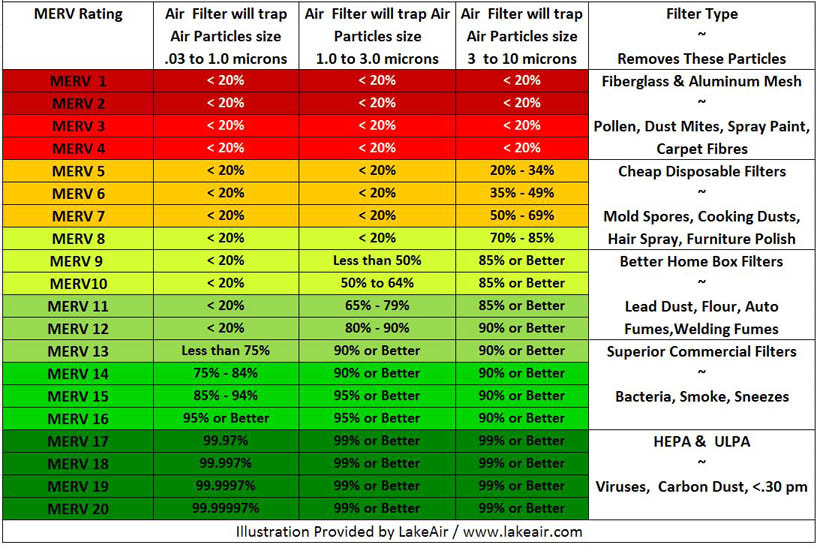 MERV Rating chart MERV Rating chart Know the enemyThe new coronavirus is about 0.00012 mm in diameter when floating around by itself. Attached to mucus particles, it is on a bigger particle and more likely to be arrested by filtration media. Surgical masks will capture about 62% of virus particles https://smartairfilters.com/en/blog/coronavirus-pollution-masks-n95-surgical-mask/. The mask design we're looking at may be as effective, using MERV 13 and higher filtration layers. The plan is to use MERV 13 or higher filtration media as a layer between two pieces of cotton fabric to make an effective mask. Cotton ribbon, (material like flat shoelaces) will be used to secure the mask around the back of the head. This design has not been tested in a lab. After doing some research over the fast expanding knowledge base of mask making, I think the following design is the best option because it includes:
instructionsOn to the materials. You'll need:
That's about it. Get your machine threaded up, and the rolling cutter and iron out. Construction Process: 1. On the long side of the 9" x 8" rectangle, center an 8" strip of HeatnBond about 1 1/4" from the top of the rectangle. Place the pipe cleaner or other metal nose bridge. Step 2: Roll the pipe cleaner up and tack the cloth to the exposed HeatnBond, hold iron on for 20 seconds for a good seam. This will be the front of the mask, the top of which will form to the bridge of the nose. Step 3: Fold over a long edge of the smaller 9" x 7" cloth, iron it flat and stitch a seam. This is just to keep things neat, it will be the pocket top and we don't want it to fray. 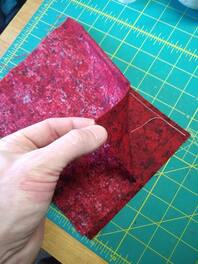 Step 4 Place the two faces against one another, seams up top. Depending where you put the seam and the HeatnBond, the two pieces may not match exactly up. Make adjustments as needed with your seam and HeatnBond location on the next mask. Now to make the pocket. We'll stitch around 3 sides of the piece, leaving gaps to allow our string to pass through later. Make the gap about 1/2". If it's too small, it will be really tough to get the string or lacing in later. Step 5 Turn it inside out, flatten the sides with your hand or an iron. Stitch the channels, one on either side. Again, leave room for the ribbon to poke through. Step 6 Tie off both ends of the cotton lacing/ribbon, and use something pointy like a skewer to push the knots through either side. That's it. Let's all keep working together to get through these tough times. Feedback is generally appreciated. I think there's room for improvement with the nose wire, maybe using something stronger than a pipe cleaner. Also may start using cordage with a friction toggle so it doesn't have to be tied. filter materialThe pocket in these masks can accommodate many types of filtration media. Here I'll focus on adapting household air filters as reusable inserts in these masks. The pocket size on these masks ends up being about 5 1/2" x 6 1/2". I'll be cutting one sheet of filter media and folding it in half to make an insert. First we need to get the filter paper out of the box it's packaged in. This takes some technique as there is glue along the sides, and the wire mesh can poke your fingers. Best method I have found is to rip out the cardboard along the outside of the frame, which allows for easier access to the mesh. Tear it piece by piece until all that remains is the paper accordion. Now just cut out a 5 1/2" x 13" rectangle and fold it in half to make an insert.
2 Comments
|
AuthorTinkering, exploring. ArchivesCategories |
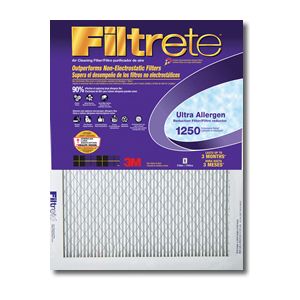
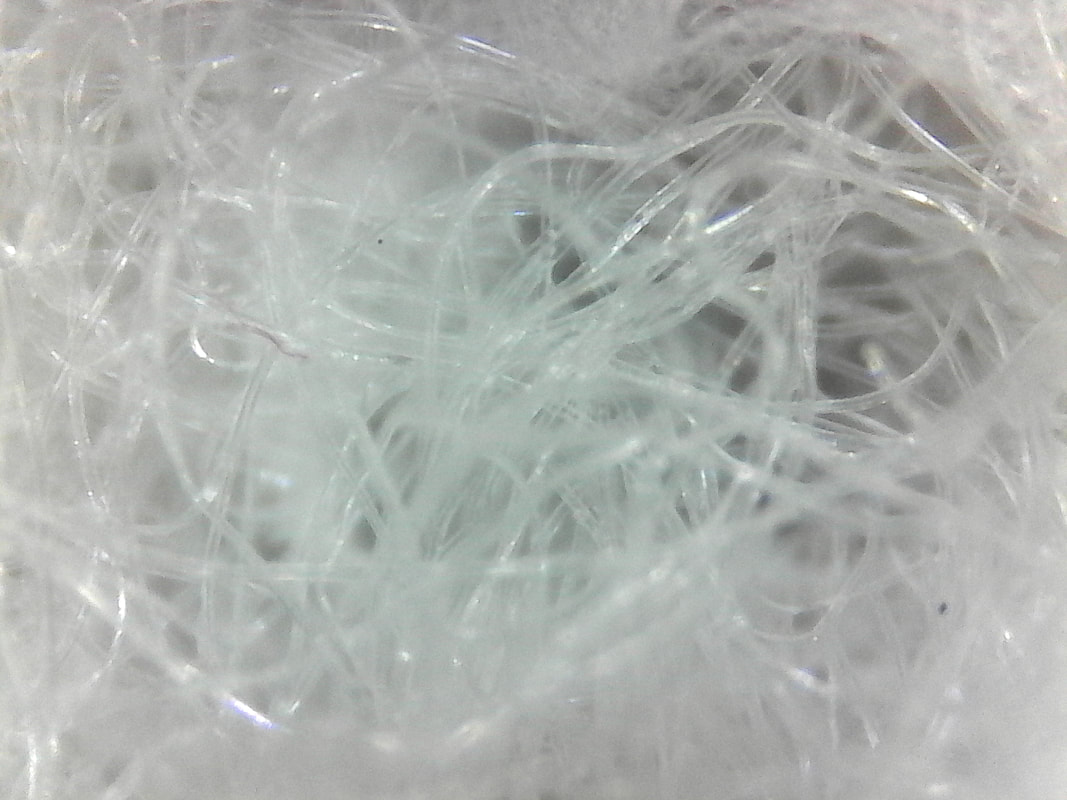
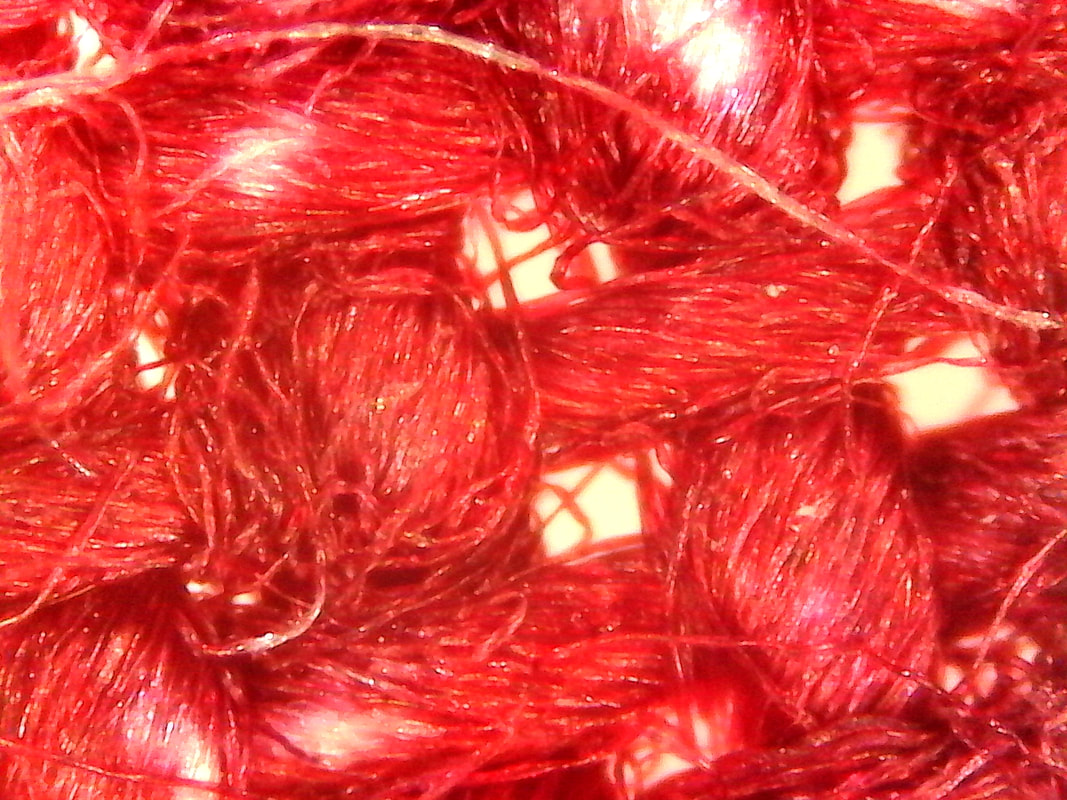
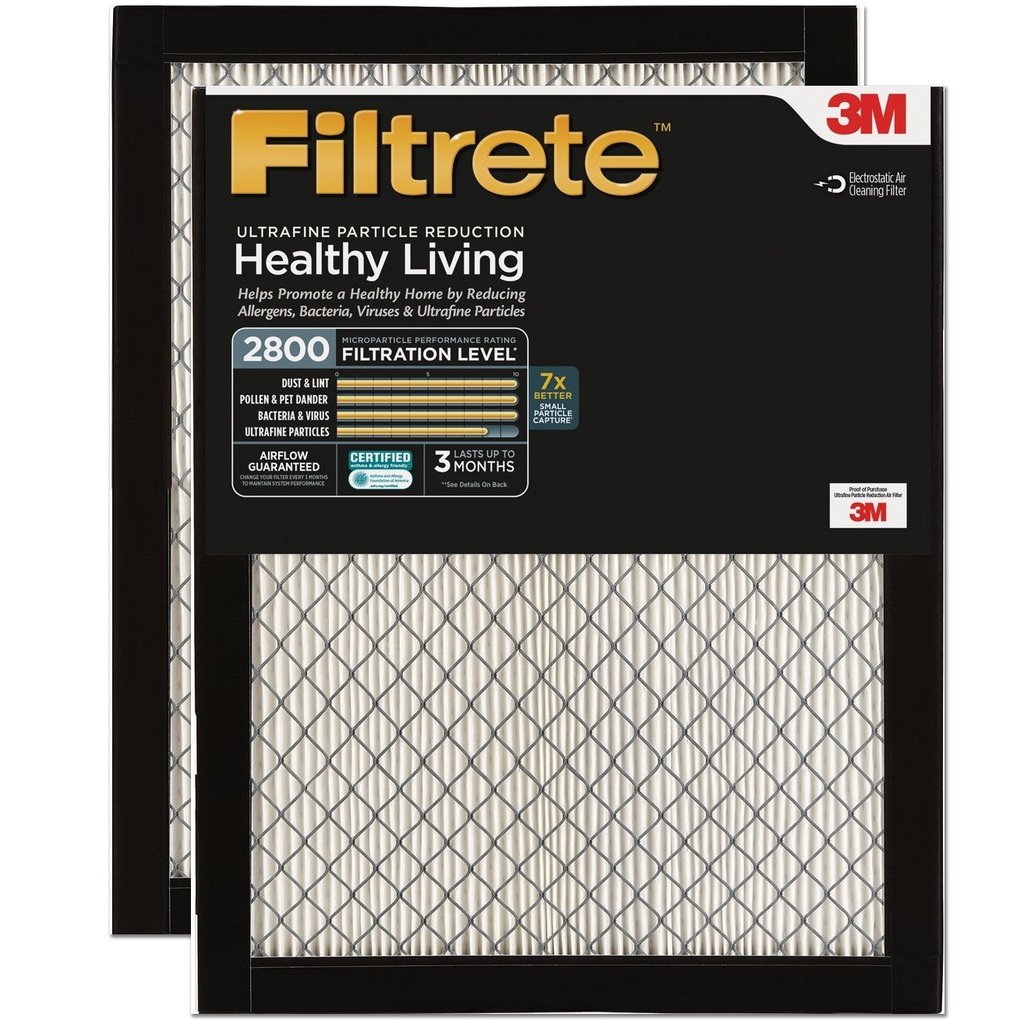
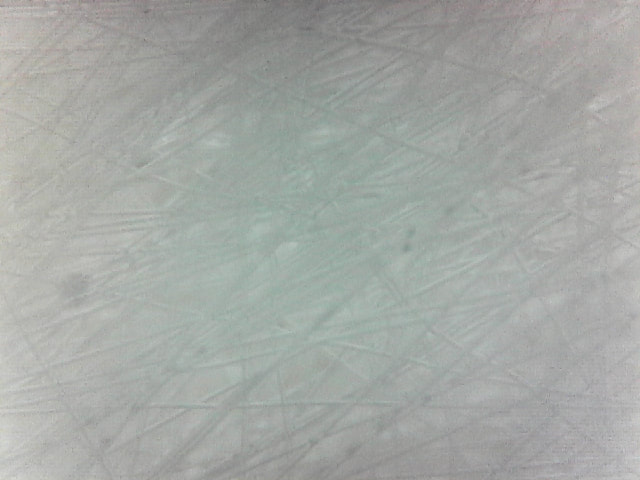
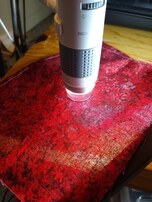
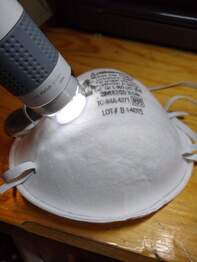
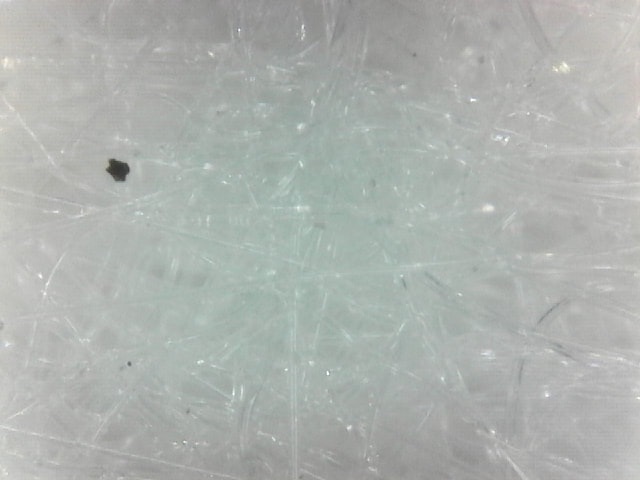
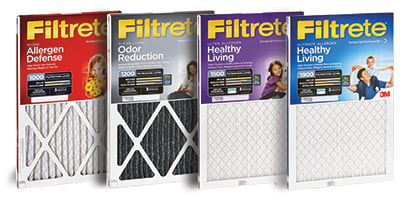
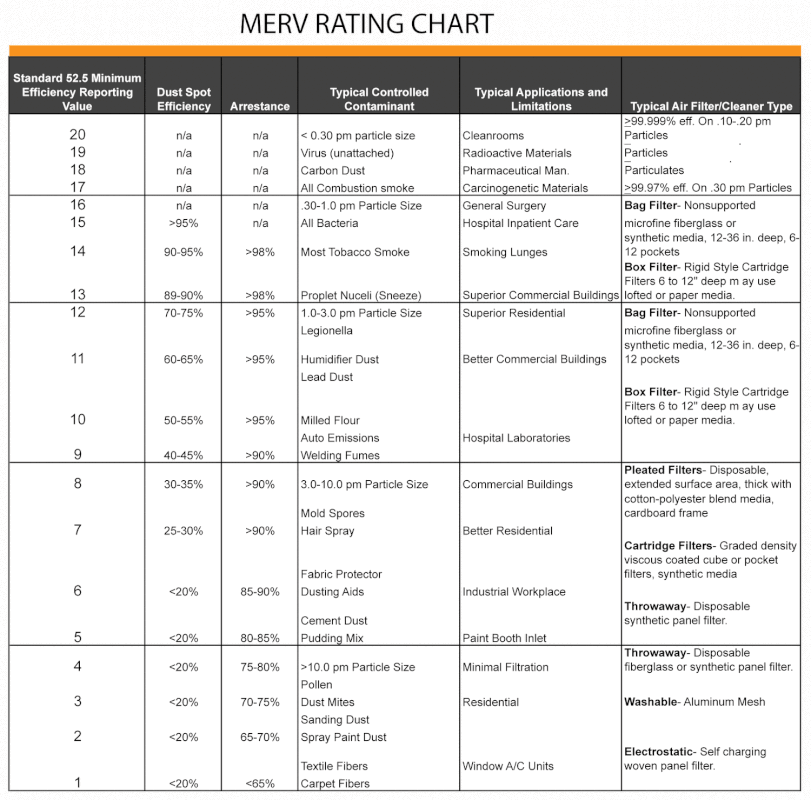
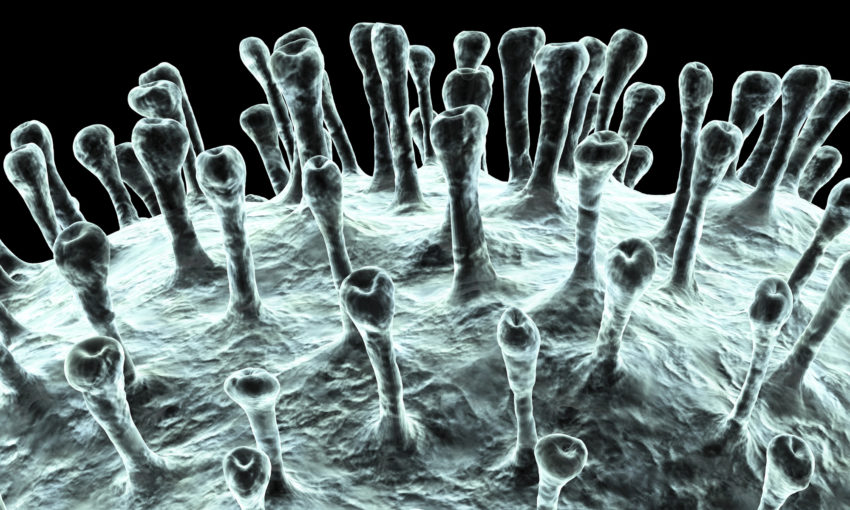
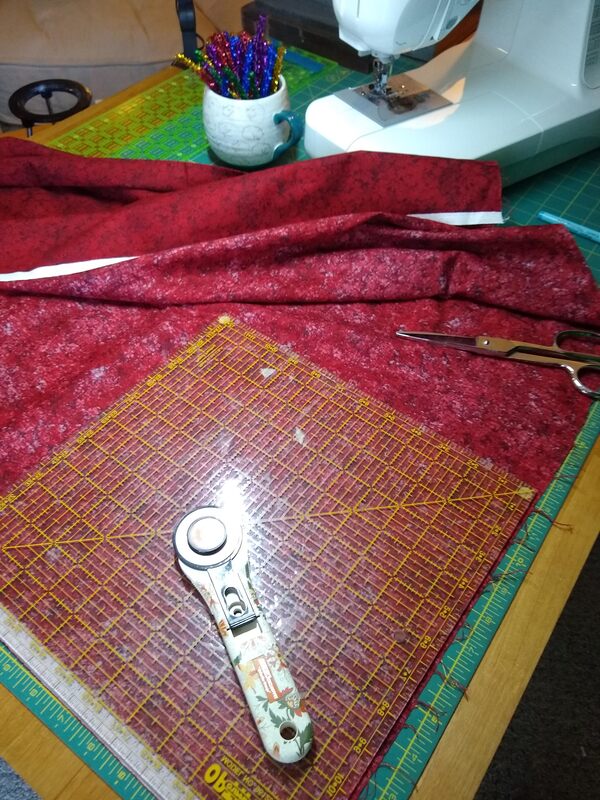
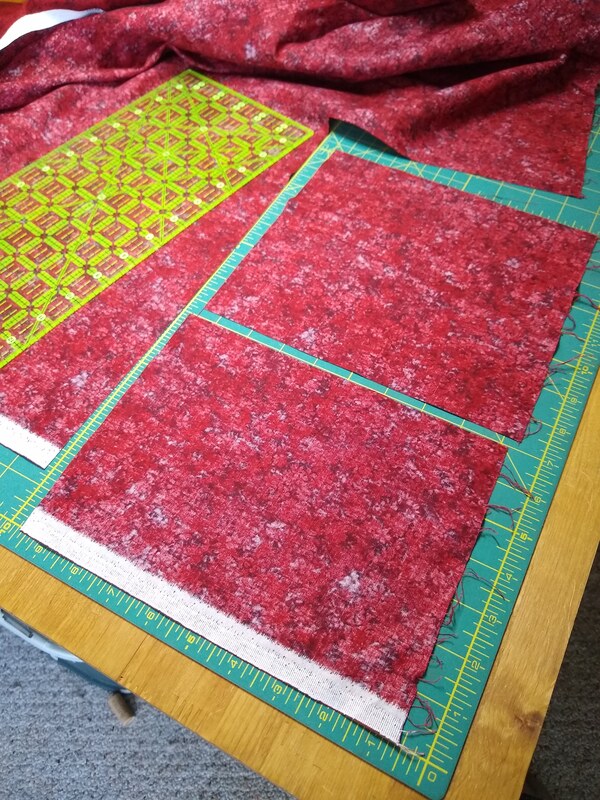
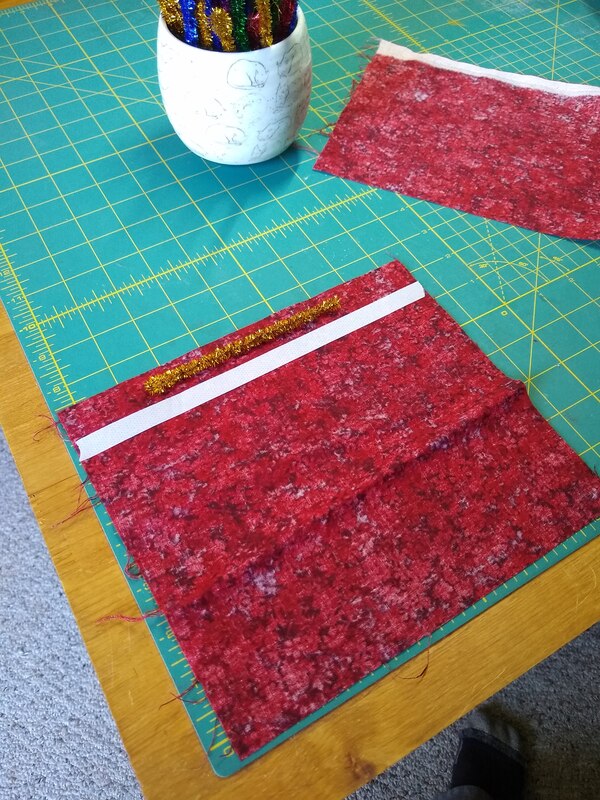
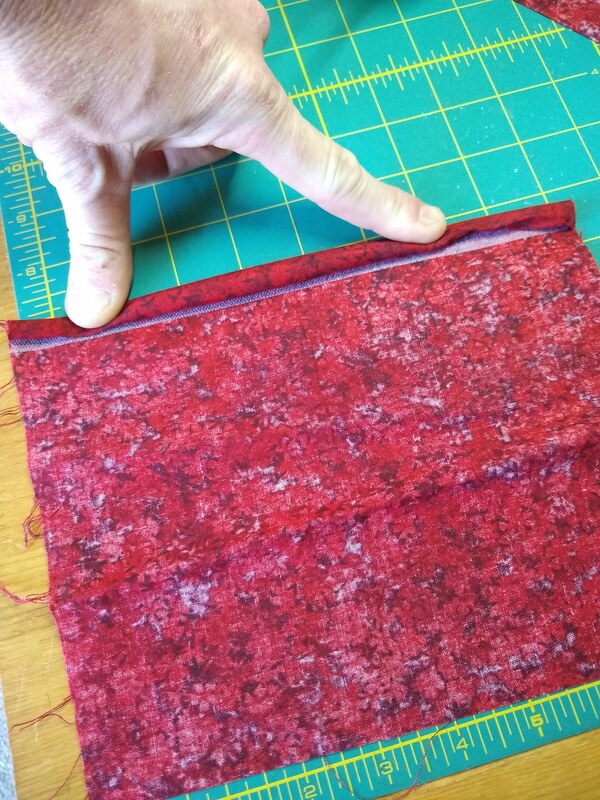
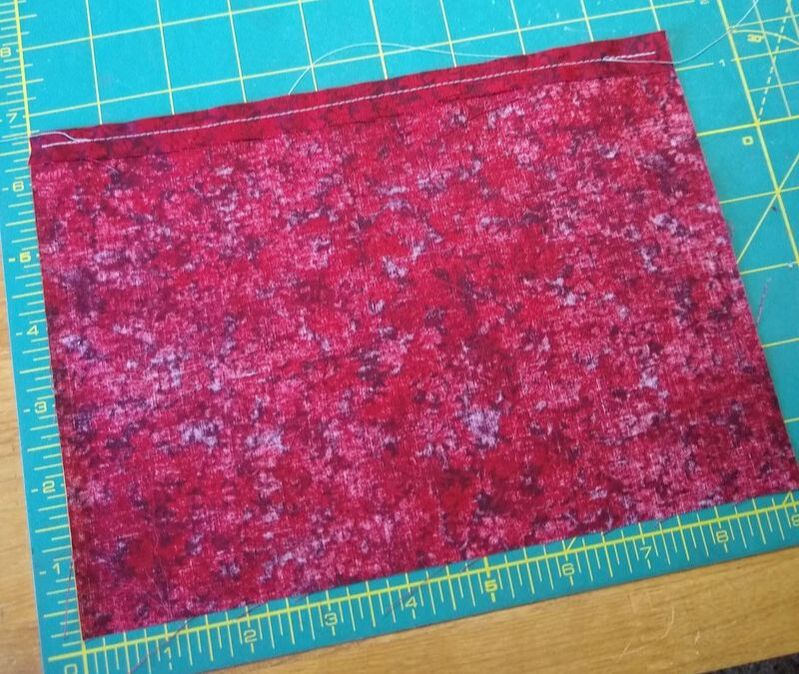
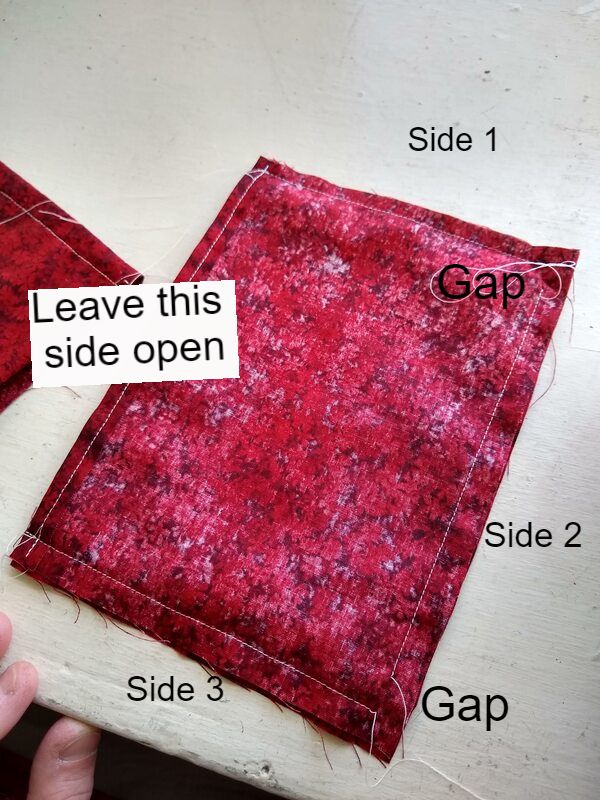
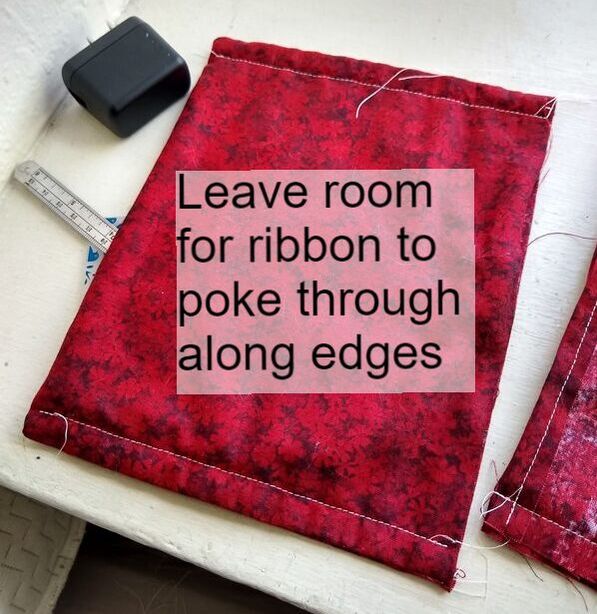
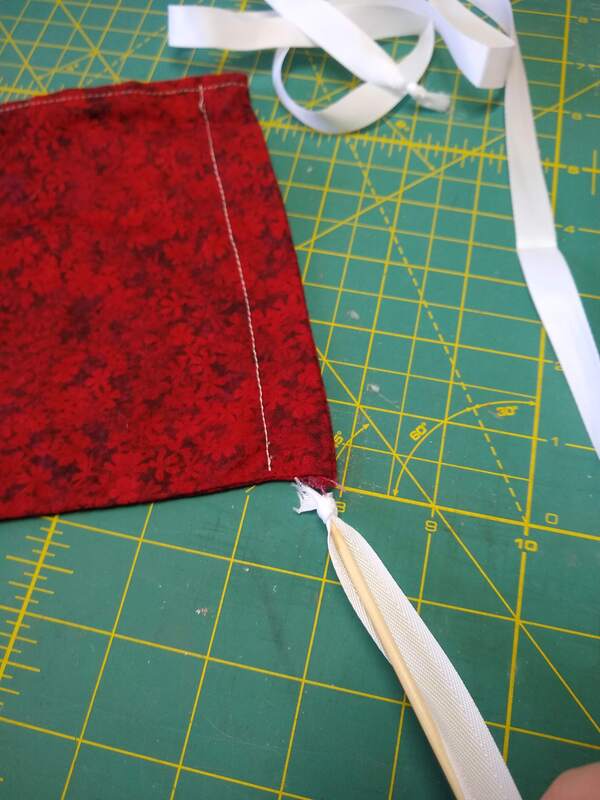
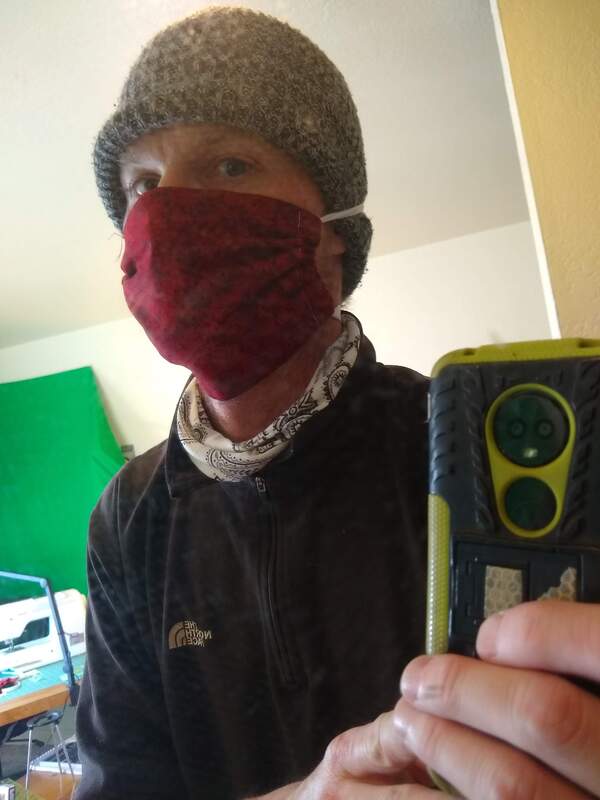
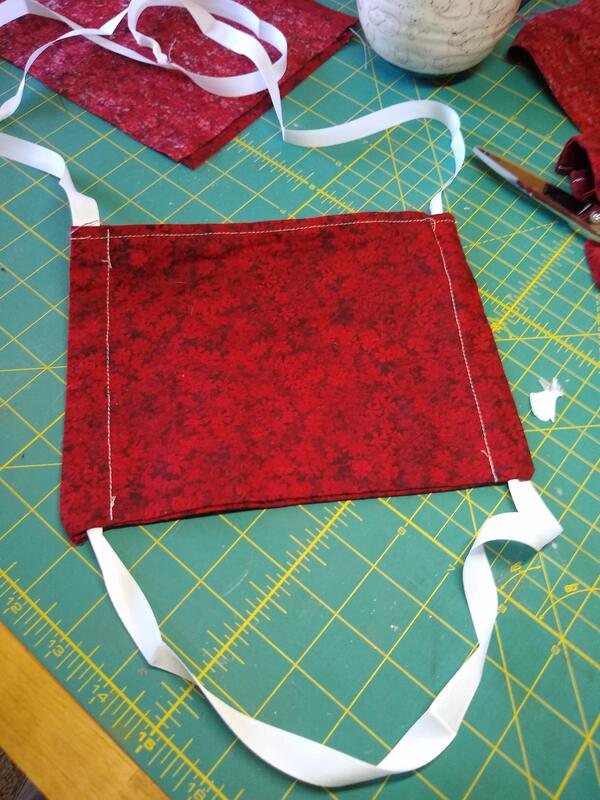
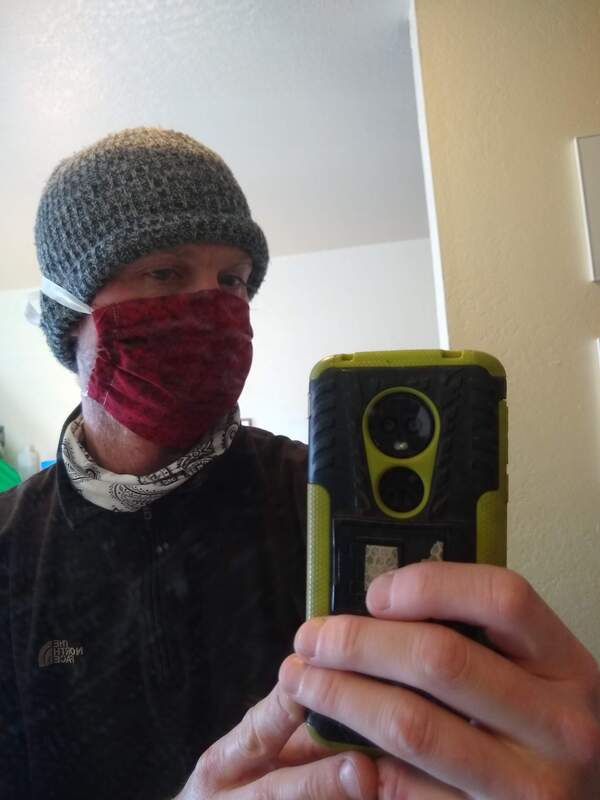
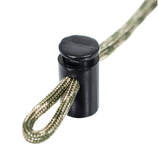
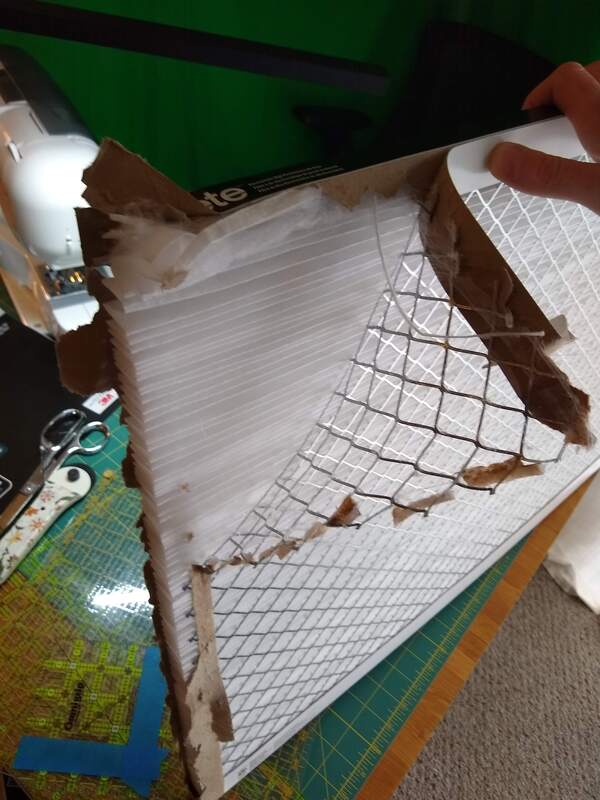
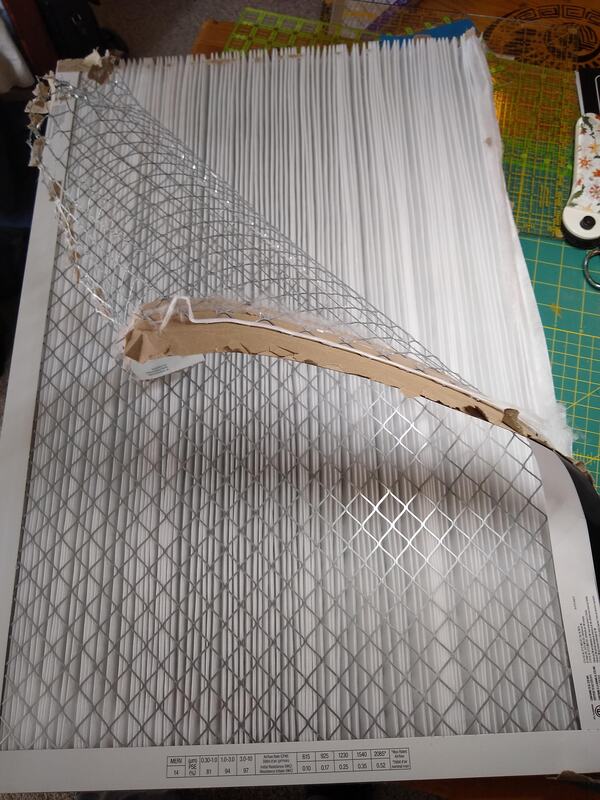
 RSS Feed
RSS Feed
